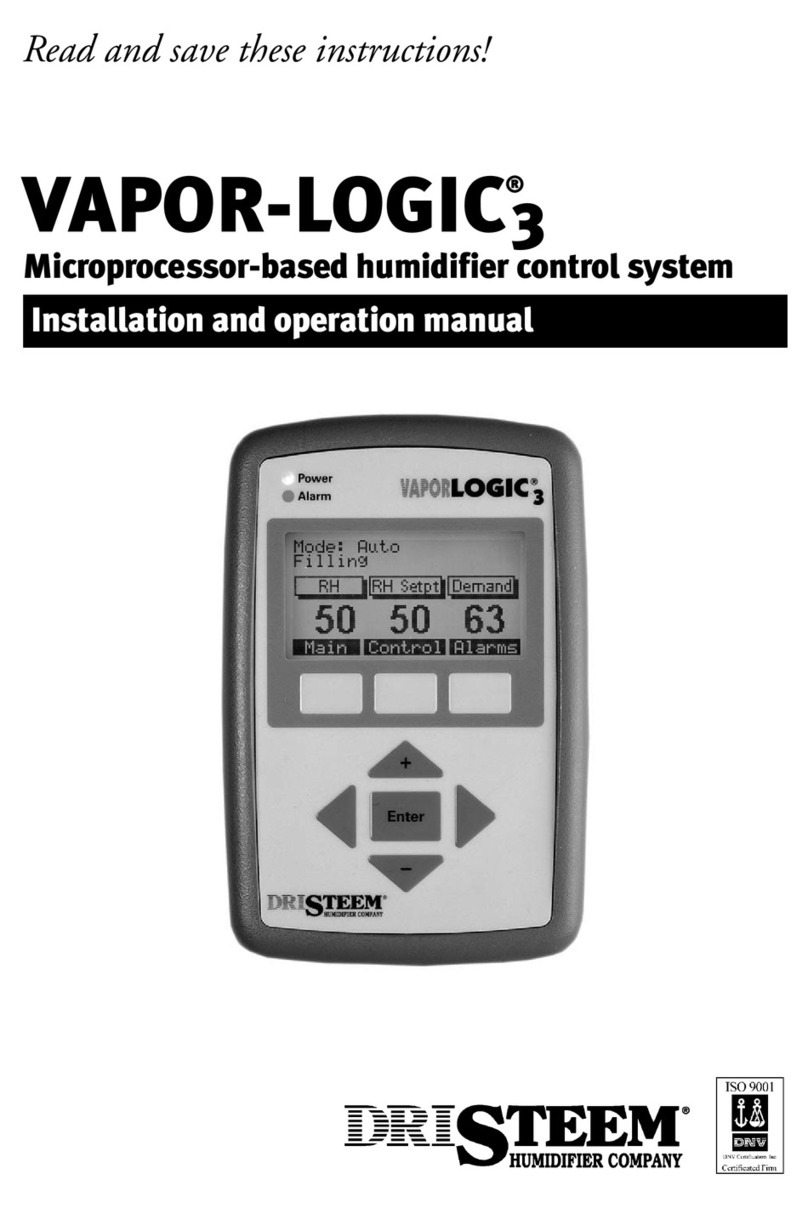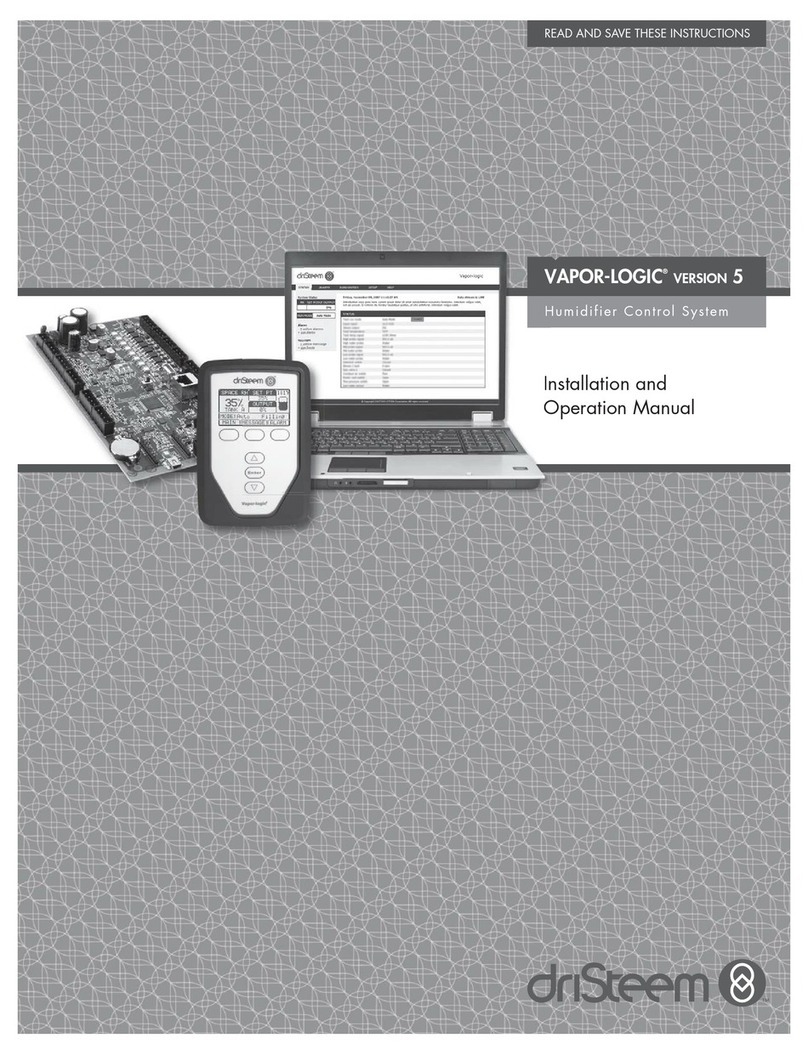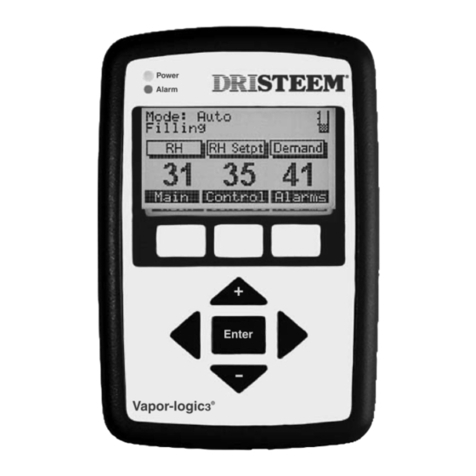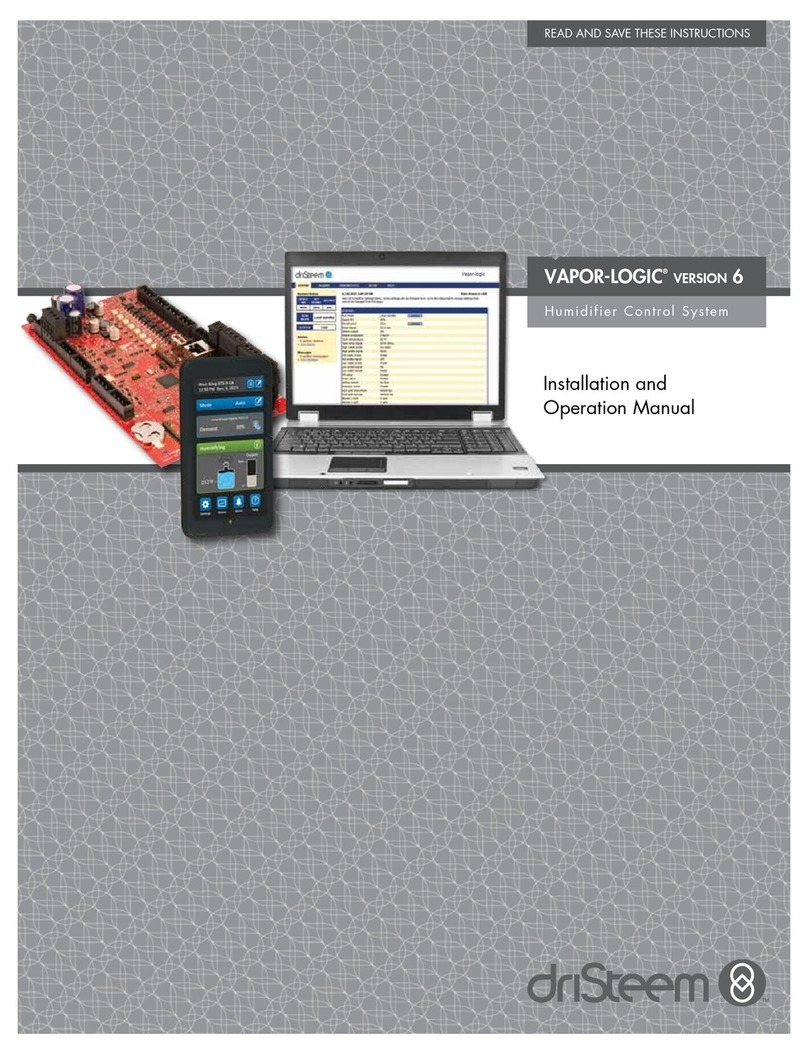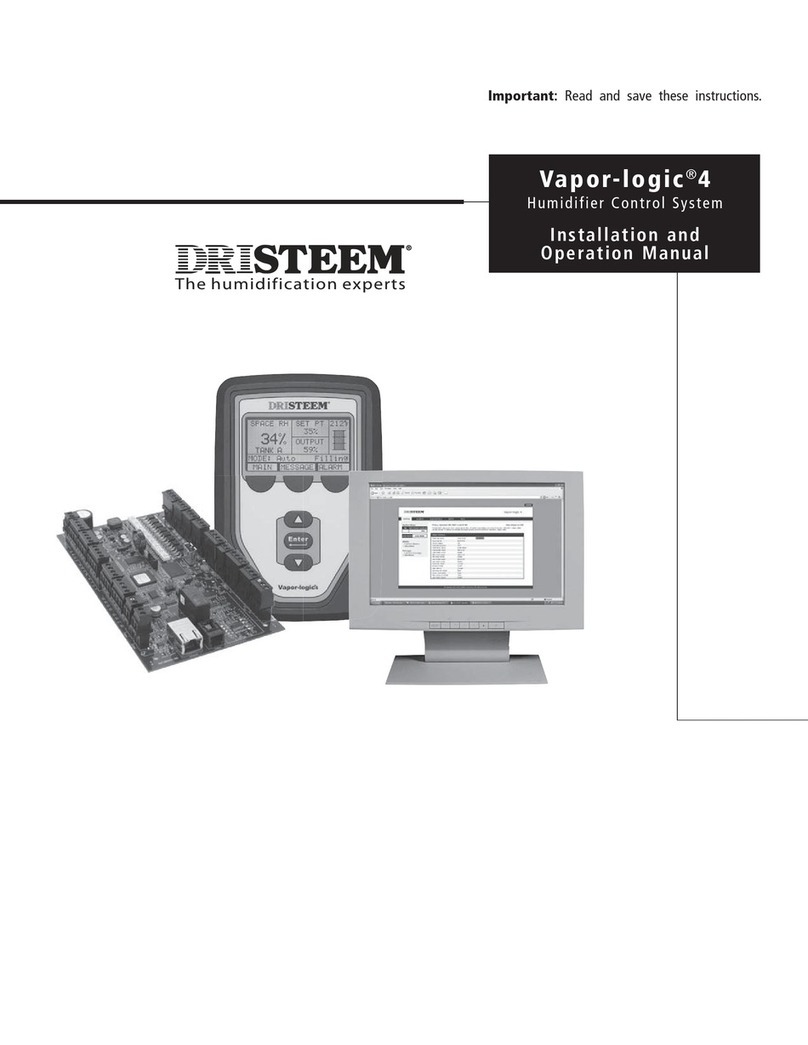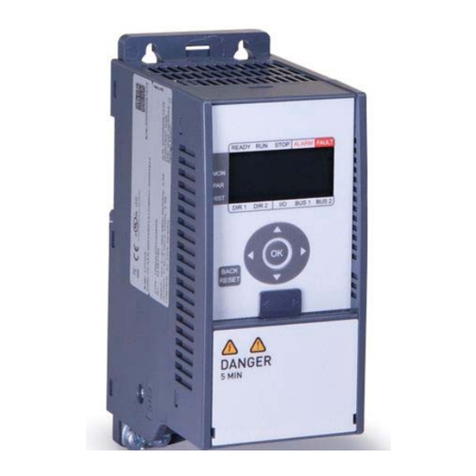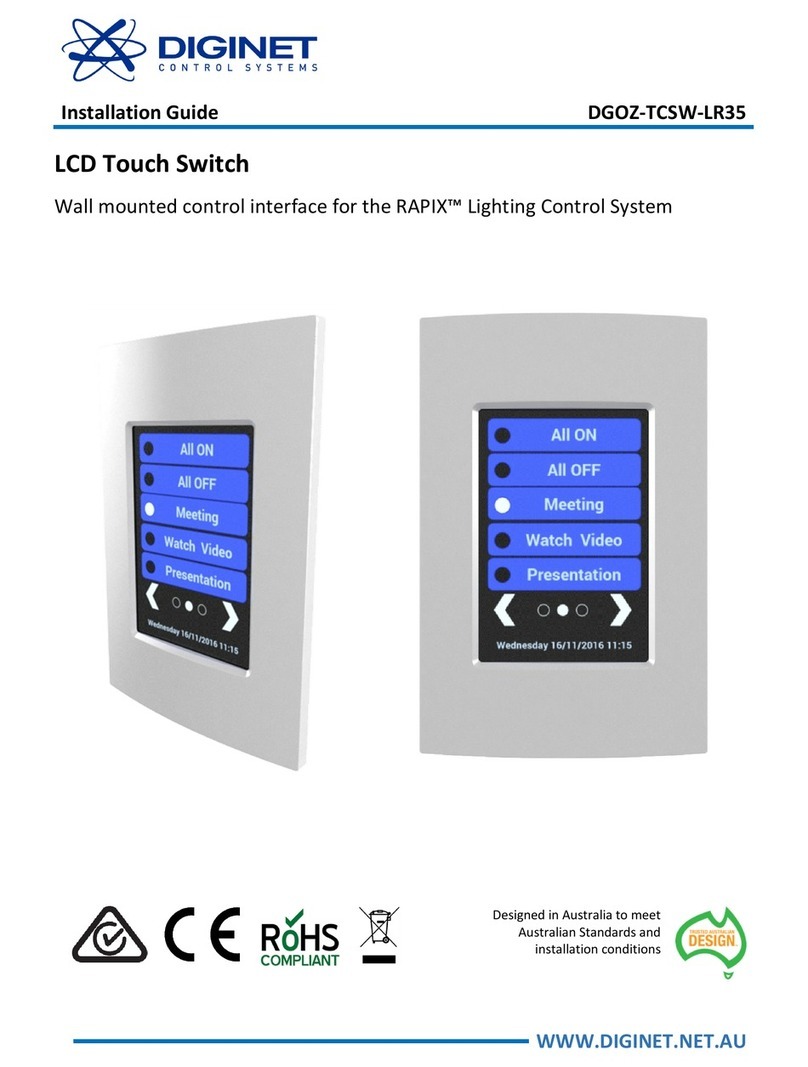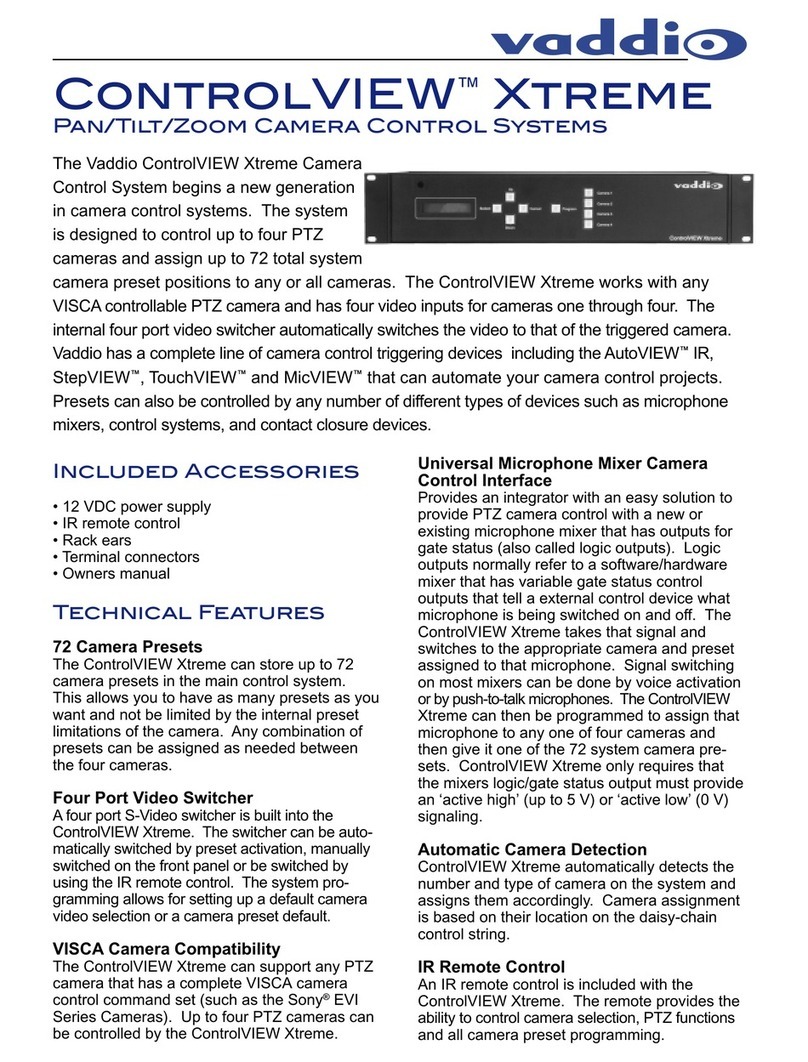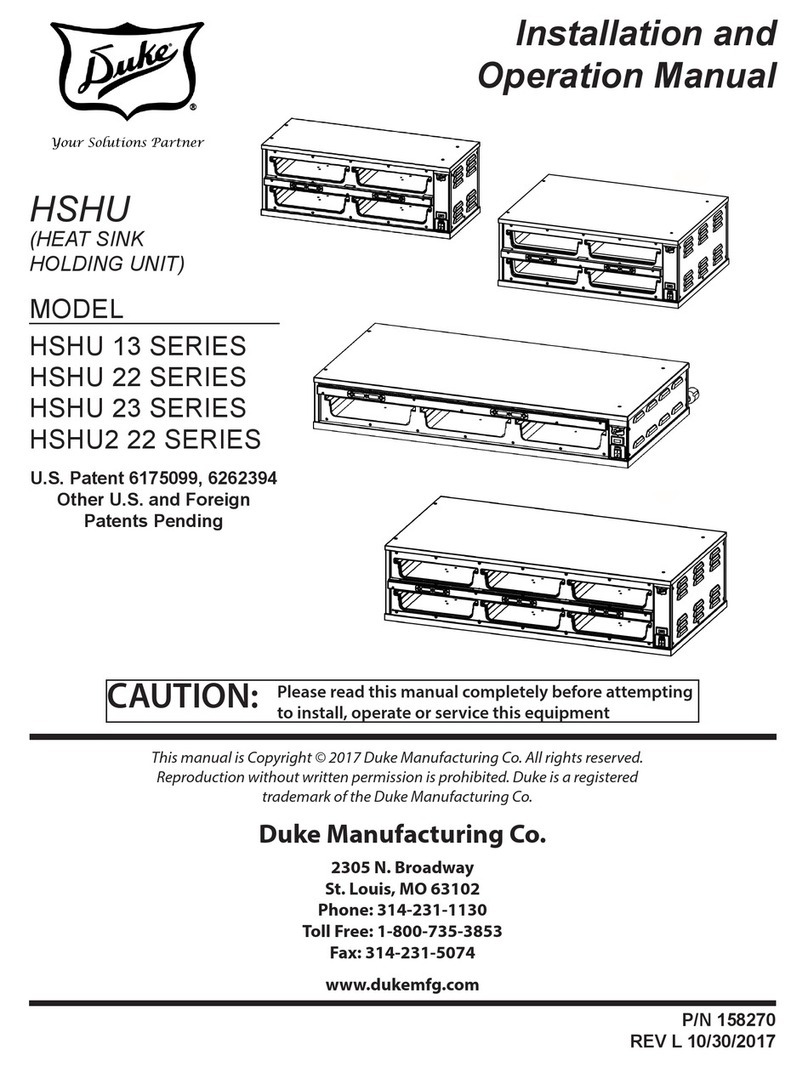
6
AutoDrainSequence
VAPOR-LOGICispre-programmedtoenteranautomatic
drain, flush, and refill cycle based upon the actual time the
humidifier has produced steam. VAPOR-LOGIC is factory-
set for a 50 hour (accumulated “ON” time) drain interval,
with 8 minute drain and 8 minute flush durations. When
VAPOR-LOGICinitiatestheautodrainsequence, all
energized heaters are turned off. The drain valve is then
opened to allow the tank to drain. The drain valve remains
openduring the flush sequencefor drainage while the fill
valve is open. At the completion of the flush cycle, the
drain valve closes, allowing the fill valve to refill the tank.
TheVAPOR-LOGICtimersarethenresetandthehumidi-
fierreturnstonormal“AUTO”operation.
End of Season Drain
If there is not a call for humidity over a 72 hour period,
VAPOR-LOGICautomaticallydrainstheevaporating
chamber. The drain valve is held open for one hour.
The humidifier then switches into “STDBY” mode until
there is a call for humidity, at which time VAPOR-LOGIC
automaticallyresumesnormaloperation.
VAPOR-LOGIC®CONTROL BOARD OPERATION
call for humidification, even during the fill cycle, the heat-
ing elements will stay on to provide continuous output.
On-BoardFaultIndicatorLight
The indicator light has dual functions. One function is to
presenta continuousheartbeat(cyclingon-off), indicating
anormaloperationcontrolbytheVAPOR-LOGICmicropro-
cessor. The second function is the detection of a FAULT
condition,indicated by the change from the normal heart-
beat to an on-off cycle of long and short pulses. The
different pulse patterns indicate the type of fault detected.
The chart of fault code descriptions can be found in the
Trouble-shootingGuideonpages24-27.
To have an indication of a humidifier fault at a remote
location,VAPOR-LOGIC hasapre-wiredfault relay(SPDT
contactarrangement) wired to control terminal block J7.
This will allow for field connection of a low voltage (24
VAC, 1 amp max.) circuit for remote indication that a fault
condition exists. The remote fault indication does not
indicate which fault has occurred, only that VAPOR-LOGIC
has detected a fault. You must return to the humidifier
VAPOR-LOGICcontrolboardtoreadtheon-boardfault
indicator light code in order to determine what type of fault
wasdetected.
ControlBoardConnections (SeeFigure7-1.)
J1, J2 Two parallel wired type RJ11 (6position,4 wire)
female modular jack connections for supply
voltageandVAPOR-LOGICcommunicationto
optional digital key pad. When multiple humidifier
systemsare combined using RS485 communica-
tion format, J1 and J2 also provide communication
toadditionalVAPOR-LOGICcontrolslaveboards.
J3 End of line communication terminator pins
require a jumper connector across J3 pins
whenVAPOR-LOGICsupportsa“Remote”digital
key pad.
J5 Wireterminalconnectionsupplies output signal
to electric contactor coils and/or modulatingSCR
control.
• Terminal K1: 24 VAC signal to heater
number1contactor
• Terminal K2: 24 VAC signal to heater
number2contactor
• Terminal K3: 24 VAC signal to heater
number3contactor
• Terminal K4: 24 VAC signal to heater
number4contactor
• Terminal A1: A time proportioned
positive polarity 0-SVDC signal to the input
ofa slave SCR power controller, 0-15 VDC
to the input steam or hot water valve. The
negative polarity from SCR is connected to
terminal #4 of wire connector J12.
Figure 6-1: Conductivity probe system
Water level - C
Water level - B
Water level - A
OM-270
ProbeSystem
A conductivity probe system allows VAPOR-LOGIC to
control water levels for optimum operating efficiency. The
three-probe system is monitored by the
VAPOR-LOGICcontrol, which performsallthe
necessary logic and timing functions to provide total water
level control and safety shutdown.
VAPOR-LOGICautomatically maintainsthewaterlevel
between the upper two probes A and B. When the water
level falls below probe B, the fill valve is opened until the
water level reaches the upper probe A. A minimum two
second delay is incorporated in the skim time software to
ensure that turbulence does not cause an incomplete fill.
An adjustable skim time allows for an extended skim
period(2-60seconds)toreducesurfacemineralaccumula-
tion. The fill valve remains energized for the designated
delay time. Access this adjustment through the key pad
sub-menu.(Seepage 10.) Probe C provides low water
protection for the heating elements. If the water level falls
belowprobeC,theheatersarede-energized. (SeeFigure
6-1.)
Inaddition to controlling thewater level, VAPOR-LOGIC
determines when the heaters are turned on. If there is a

